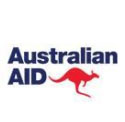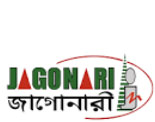JAGO NARI TERMS OF REFERENCE (TOR) FOR LEARNING REVIEW 01. Background: The effect of climate change forced the local communities of this district to accept the hostile behavior of nature. Therefore, it has become essential to strengthen the local communities with the knowledge and skills of disaster risk management and early preparedness to sustain themselves from any disasters. Natural disasters, especially cyclones, and floods tend to destroy thousands of hectares of crops, aquatic resources, HH’s assets, livestock, roads, houses, schools, colleges, madrasas, and other physical infrastructures of vulnerable communities. To address these different disaster risks, capacitate different local disaster management committees, local community people and relevant stakeholders an initiative taken as "Cyclone Anticipatory Action Planning and response trial in Barguna, Bangladesh. The project is fully aligned with the National Plan of the Government of the People's Republic of Bangladesh (ie: NSAPR-2, Vision-2021). JAGO NARI, with the support of Oxfam in Bangladesh has been implementing the project, aiming to increase disaster coping capacity as well as the pre-disaster capacity of various vulnerable groups under the target communities through cash for work (CFW) and direct grants in coordination with the disaster management committees formed according to the Government Standing Orders (SOD). Vulnerable groups including person with disabilities, landless, widowed, and abandoned women, fishermen, agricultural laborers, medium farmers, men and women, and teenagers. Learnings and resources will be shared with local govt. local NGO’s, CSO’s, community and other relevant stakeholders of the district. The project will demonstrate the importance of complementing established disaster preparedness approaches to ensure communities are able to reduce their vulnerability and loss of life and assets to an imminent disaster reducing their need for and reliance on post disaster support. |
|||


